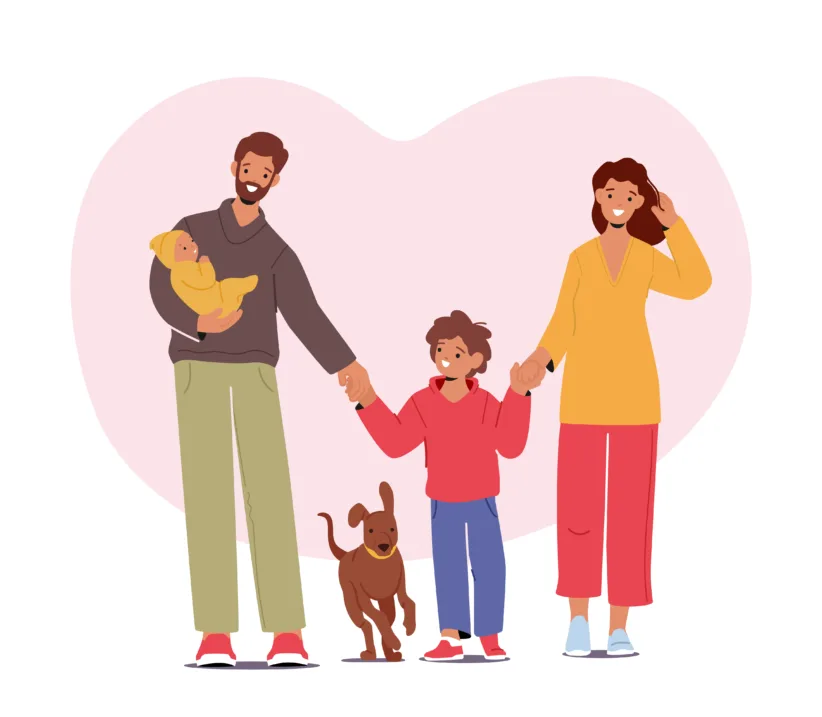My children would prefer to go trick-or-treating on their own this coming Halloween. What can I do to ensure their safety while we stay at home, and how can I keep them from eating too many goodies at once?
Halloween has become a special concern for parents during the past decades. Unlike other holidays in which children celebrate with relatives and friends, the Halloween trick-or-treat ritual exposes children to strangers, the hazards of nighttime traffic and food from sources that cannot be easily traced. Despite these hazards, children can have a fun and safe Halloween with some basic precautions and assistance from neighbors.
Children under 10 should always be accompanied by an adult. To determine if older children should go without adult supervision, consider the safety of the neighborhood and the size of the trick-or-treat group.
If you do allow your children to go unaccompanied, make sure they travel in groups to maximize their safety. Walk through the planned route with your children during daylight hours to familiarize them with the neighborhood and the traffic rules. Have them avoid busy thoroughfares.
Tell your children — and remind them before they go out — to stay away from strangers. They should only approach houses that are brightly lit and should never enter a stranger’s house. Most importantly, they should carry a flashlight after dusk.
To monitor your children’s progress, designate specific neighbors to call you once your children reach their houses. Prepare a list of their names and numbers and keep it handy throughout the night. The length of time your child should spend trick-or-treating will depend on the size of the neighborhood and the number of houses they plan to stop at, which you should discuss with them ahead of time.
Make sure your children’s spooky costumes are safe. Any makeup involved in your children’s costumes should be nontoxic and non-hypoallergenic. Apply a bit of the makeup the night before to make sure they are not allergic. Dress them in bright-colored, flame-resistant costumes appropriate for mid-autumn temperatures, which can be quite cold. Avoid masks, as these can obstruct views of traffic, as well as baggy or large costumes, which can get caught, be stepped on, or catch fire from jack-o-lanterns.
Discourage children from eating candy along their route. Once they are home, carefully inspect all the candy for any signs of tampering, such as pinholes or rips in the packaging. Notify police of any treats that appear to have been tampered. Throw away any unpackaged candy or fruit. For younger children, throw away any choking hazards, such as small hard candies or peanuts. Once the goodies pass inspection, ration them to small amounts each day. Eating too much leads to tooth decay and can cause nausea and headaches.
Don’t forget to make your home safe for children trick-or-treating at your doorstep. Sweep your sidewalks — especially wet leaves — and remove any obstructions, such as garden hoses, from driveways or yards. Turn on bright outside lights, especially near your front door. Light your pumpkins with votive candles and keep them at a distance from children.
By following these precautions, your children are sure to have a fun and memorable holiday.






















